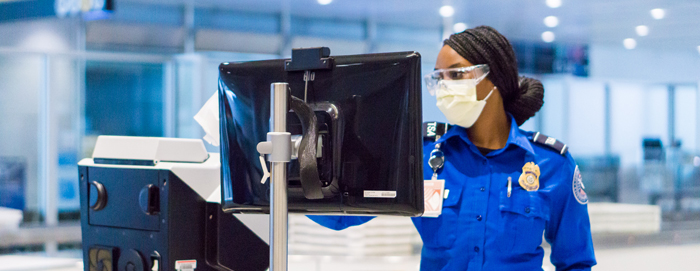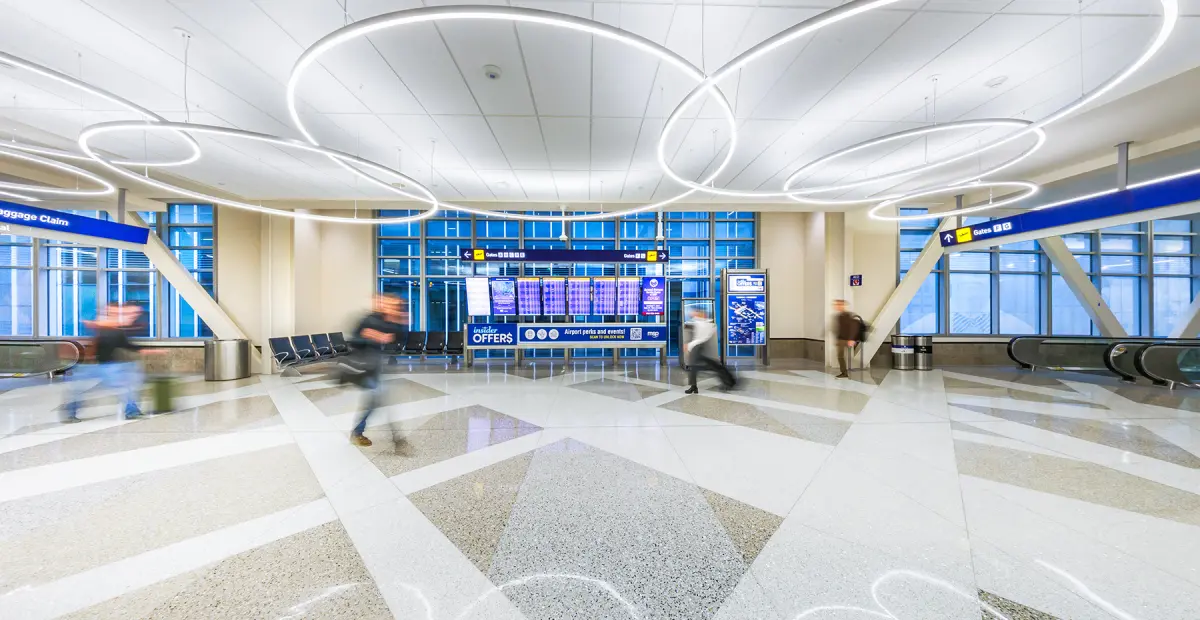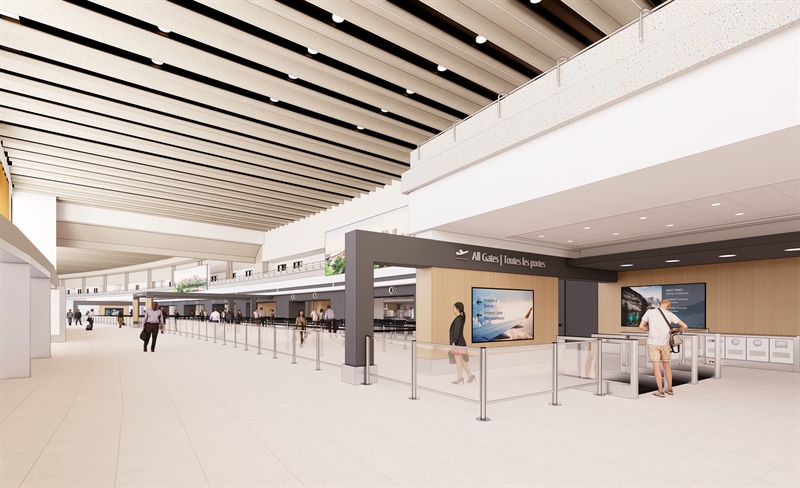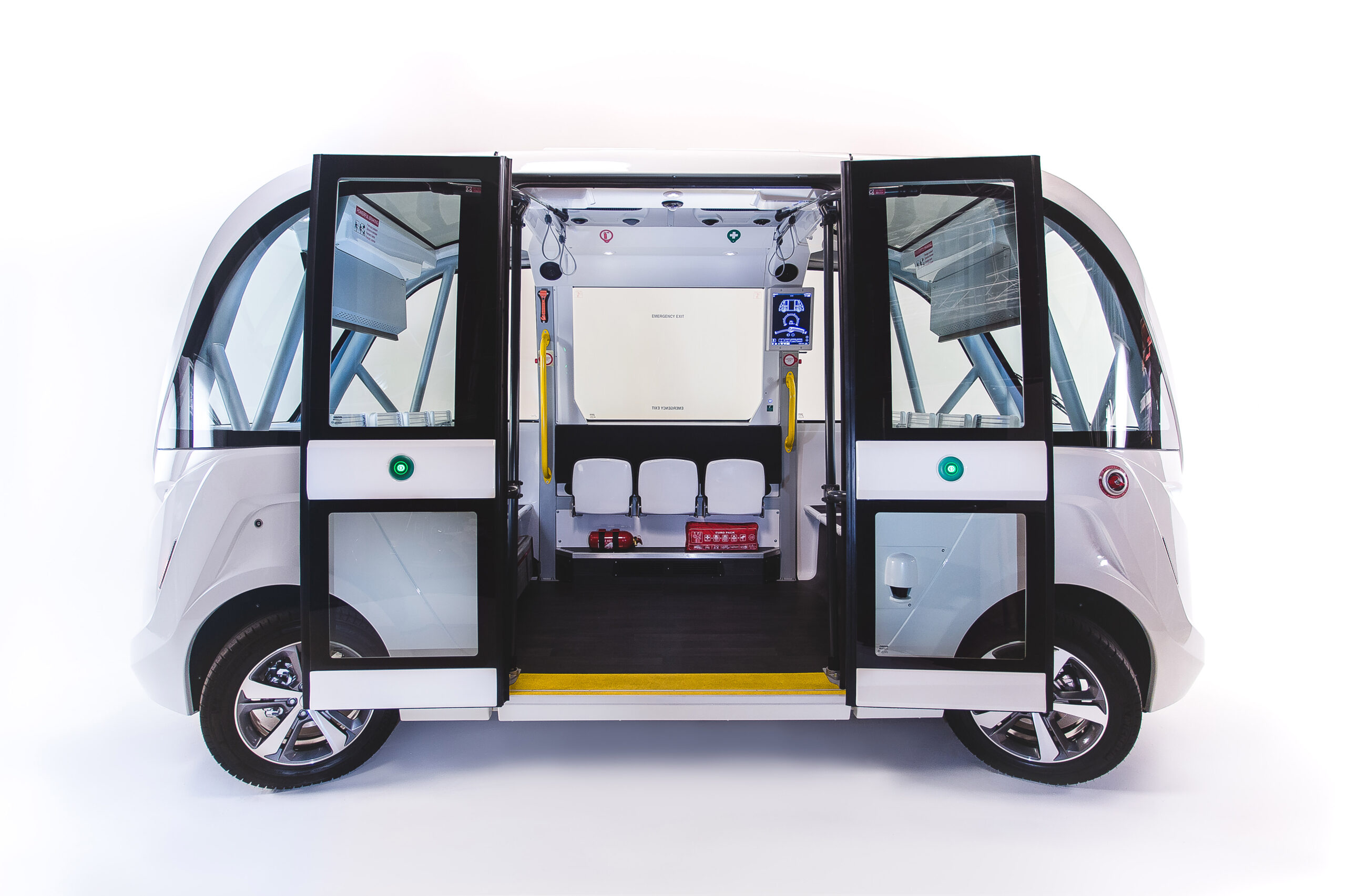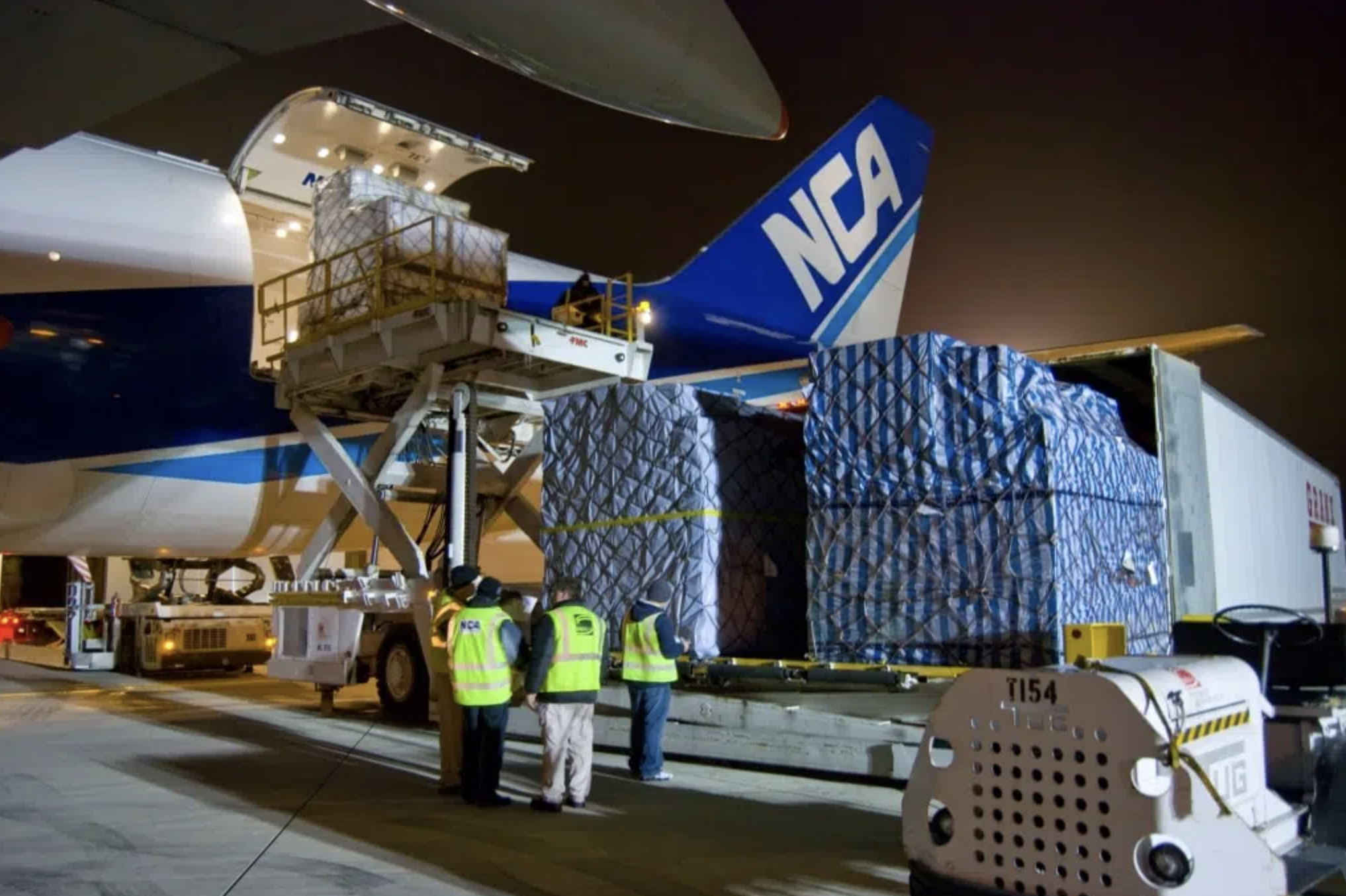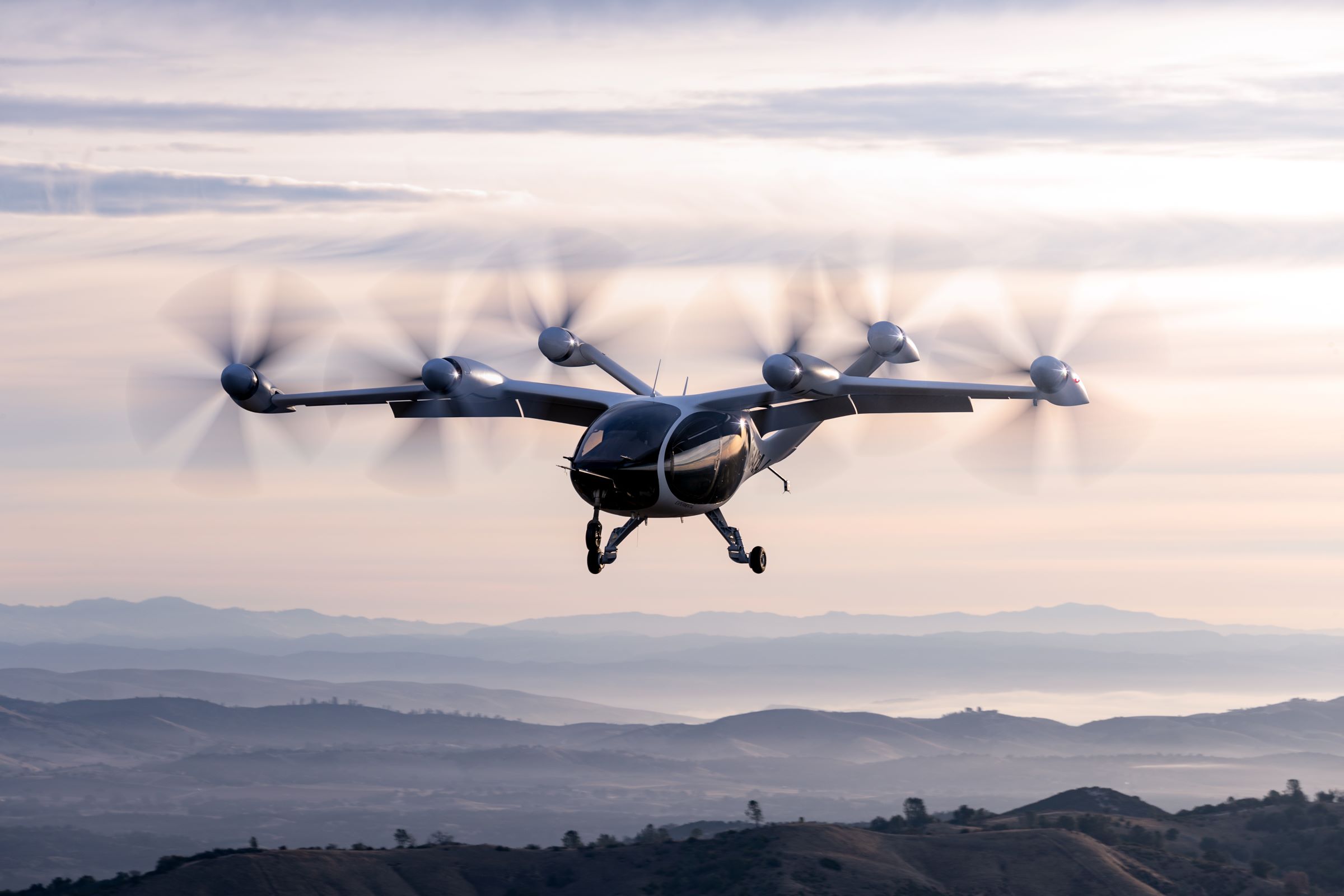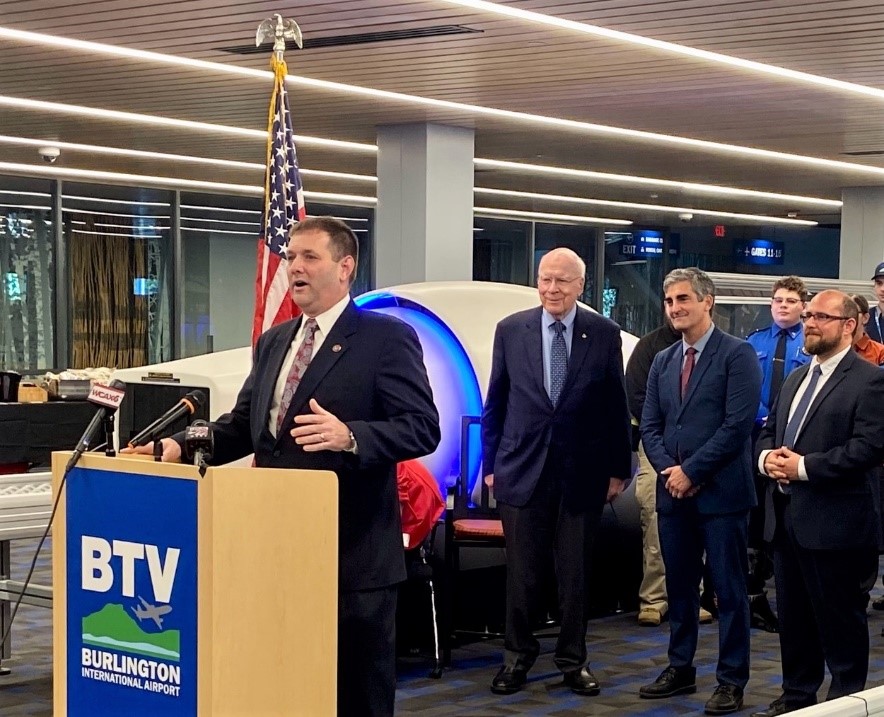The Transportation Security Administration (TSA) is deploying a Reduced Form Factor-Computed Tomography (RFF-CT) system at Harry Reid International Airport in Las Vegas (LAS).
This new baggage screening system is a more compact version of the latest CT security scanners that are being rolled out across the US.
It was designed in part by the Department of Homeland Security (DHS) Science and Technology Directorate (S&T) to allow the TSA to install CT screening technology in smaller airports that do not have the space for the existing systems.
Compared to older technologies, CT screening improves security procedures by displaying detailed three-dimensional images of objects inside carry-on bags.
This allows transportation security officers to identify most textures and materials without the need to carry out physical bag checks.
Dr John Fortune, S&T’s Screening at Speed Programme Manager, said:The RFF-CT system is an opportunity to decrease size, weight, and power, making the system more adaptable to smaller security checkpoints common at regional airports. This system is designed to meet the same TSA detection standards as full-size CT systems, while enabling more flexible, passenger friendly checkpoints.
Over the last three years, S&T and TSA have invested in the design and manufacture of CT screening technology, which is gradually replacing Advanced Technology (AT) systems at primary airports in the US.
The new RFF-CT scanners will now enable the TSA to also deploy this technology at smaller airports or those with layout restrictions so that that all travellers can be screened with CT technology.

